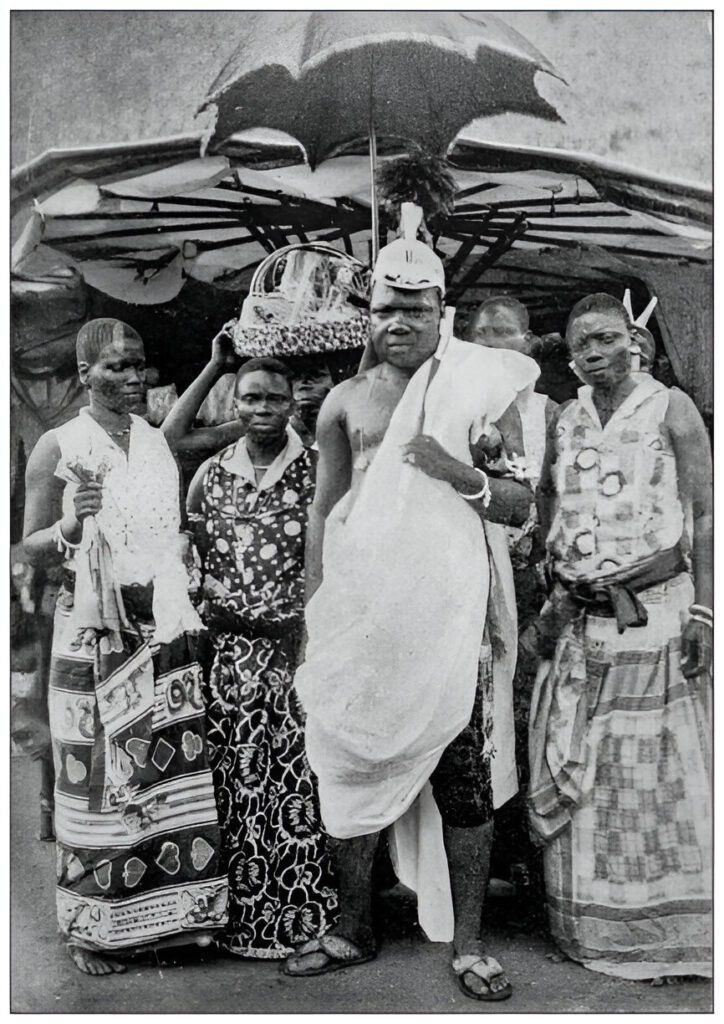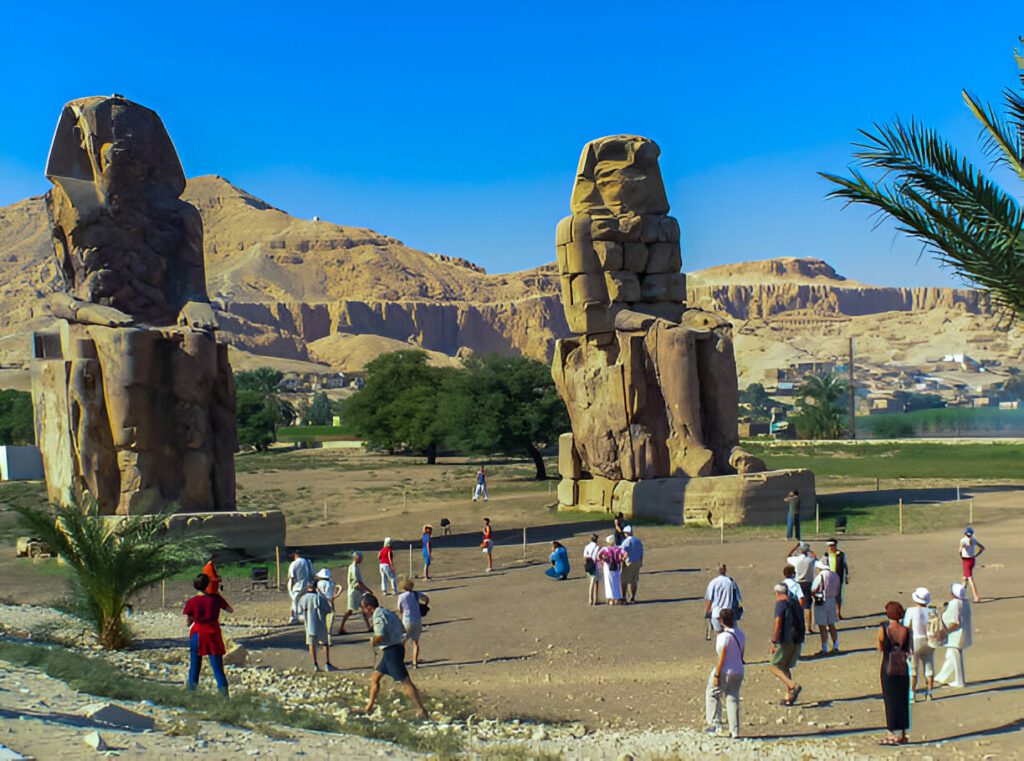This article explores the rise of the Kingdom of Mali, the remarkable wealth of Mansa Musa, and the lasting impact of his rule. The Kingdom of Mali, one of the most powerful and prosperous empires in African history, rose to prominence in the 13th century and dominated West Africa for centuries.
At its height, it was a center of culture, commerce, and wealth, with its fame reaching as far as Europe and the Middle East. Central to this empire’s renown was its emperor, Mansa Musa I, who is often considered one of the richest people in history.
The Rise of the Kingdom of Mali
The Mali Empire began as a small kingdom in the upper Niger River region around the 11th century, founded by the Malinke people. It grew to prominence after the fall of the Ghana Empire, its powerful predecessor. In 1235, the Malian Empire was solidified under the leadership of Sundiata Keita, a great warrior and political leader often credited with laying the foundation of the empire.
After Sundiata’s decisive victory at the Battle of Kirina, he unified various smaller kingdoms and forged the Empire of Mali, which soon became the dominant force in West Africa.
The Geographical and Economic Significance of Mali
The Mali Empire owed much of its power and wealth to its strategic position at the crossroads of important trans-Saharan trade routes. These trade routes linked West Africa to North Africa and the Mediterranean world, allowing goods such as salt, gold, ivory, and slaves to flow through the empire.
The Niger River also played a crucial role, providing fertile land for agriculture and transportation routes that facilitated internal trade.
Mali was rich in natural resources, especially gold. The empire controlled the gold mines of Bambuk and Bure, two of the most productive mining regions in West Africa. This control over gold allowed Mali to become one of the world’s wealthiest empires, as gold was highly sought after in Europe and the Middle East.
Mansa Musa I: The Wealthiest Ruler in History?

Mansa Musa I, who ruled Mali from 1312 to 1337, is perhaps the most famous of the Malian emperors, primarily due to his immense wealth and his legendary pilgrimage to Mecca in 1324.
Mansa Musa, born Musa Keita I, ascended the throne under unusual circumstances. His predecessor, Mansa Abu Bakr II, is said to have embarked on an ill-fated expedition across the Atlantic Ocean, leaving Musa in charge of the empire. With Mansa Musa at the helm, Mali entered a golden age of wealth, cultural growth, and expansion.
Mansa Musa’s Pilgrimage to Mecca (Hajj)
Mansa Musa’s wealth became the stuff of legend following his pilgrimage (hajj) to Mecca in 1324. As a devout Muslim, he undertook this religious obligation, but it was his extravagant display of wealth during the journey that captivated the world’s imagination.
Accompanied by a massive entourage that included 60,000 men, 12,000 slaves, and 100 camels, each loaded with gold, Mansa Musa traveled through the Sahara Desert and Egypt, distributing vast quantities of gold to the people he encountered.
Mansa Musa’s generosity was so extravagant that, according to legend, he caused a significant economic disturbance in Cairo, the capital of Egypt, by flooding the market with so much gold that its value depreciated.
This economic shock lasted for more than a decade, as the sudden influx of gold caused inflation in the region. To stabilize the economy, Musa borrowed some of the gold back on his return journey.
The Extent of Mansa Musa’s Wealth
While it is difficult to calculate Mansa Musa’s exact wealth in today’s terms, historians and economists have described it as almost incalculable. His empire controlled vast quantities of gold, at a time when gold was a highly valued commodity.
Some estimates place his fortune at the equivalent of hundreds of billions of dollars, making him one of the wealthiest individuals in history.
Mansa Musa’s wealth was not limited to gold; his empire also controlled significant trade routes that moved valuable commodities such as salt, ivory, and slaves. This control over trade allowed him to accumulate wealth from taxes and tribute, further enhancing the empire’s prosperity.
Cultural and Educational Contributions of Mansa Musa
Mansa Musa’s reign was not only notable for its wealth but also for his patronage of culture, education, and architecture. During his rule, he transformed the empire into a center of Islamic learning and culture, attracting scholars, architects, and artists from across the Islamic world.
Timbuktu: The Center of Learning
One of Mansa Musa’s most lasting contributions was the development of Timbuktu, a city that became synonymous with learning, culture, and commerce. While Timbuktu had been a key trading hub before Mansa Musa’s rule, his reign turned the city into one of the greatest centers of Islamic scholarship and education in the world.
He built several mosques and madrasas (Islamic schools), including the famous Sankore University, which became an important intellectual hub where scholars from as far away as Egypt, Morocco, and Spain came to study.
At its peak, Timbuktu housed thousands of students and scholars, and its libraries contained a wealth of manuscripts on subjects ranging from theology and law to astronomy and mathematics.
The city’s reputation for learning was so renowned that it attracted attention from distant parts of the world, cementing Mali’s status as a cultural and intellectual powerhouse.
Architectural Achievements
Mansa Musa is also credited with building many magnificent structures during his reign, particularly mosques and palaces that showcased the empire’s wealth and devotion to Islam.
One of the most famous examples is the Djinguereber Mosque in Timbuktu, constructed by the renowned Andalusian architect Abu Ishaq al-Sahili, whom Mansa Musa reportedly brought back from his pilgrimage to Mecca.
The architectural style of these buildings reflected a blend of African and Islamic influences, with the use of mudbrick and wooden supports being characteristic of the West African Sahelian architecture. Many of these structures, particularly the mosques, remain standing today as a testament to Mansa Musa’s vision and the cultural achievements of the Mali Empire.
The Decline of the Mali Empire

The Mali Empire began to decline after the death of Mansa Musa in 1337. His successors struggled to maintain the empire’s vast territories and its complex system of trade and governance. Internal strife, invasions by neighboring kingdoms, and the eventual rise of the Songhai Empire in the 15th century contributed to the gradual disintegration of the Mali Empire.
Despite its decline, the legacy of Mali and Mansa Musa remained significant. The wealth, culture, and intellectual achievements of Mali left a lasting imprint on West Africa, influencing later empires and kingdoms in the region.
Legacy of Mansa Musa and the Mali Empire
Mansa Musa’s rule and the wealth of the Mali Empire have had a lasting impact on global perceptions of Africa. His reign shattered long-held stereotypes about Africa being a land of poverty and backwardness, proving instead that the continent was home to advanced civilizations, great wealth, and intellectual achievements.
The stories of Mansa Musa’s wealth and his pilgrimage to Mecca spread far and wide, leaving an indelible mark on history.
In modern times, Mansa Musa has become a symbol of African prosperity and achievement. His story is often referenced as an example of Africa’s historical richness, countering narratives that focus solely on the continent’s colonial and post-colonial struggles.
Additionally, the city of Timbuktu remains an enduring symbol of African intellectualism, and its historical manuscripts continue to be studied and preserved as treasures of human knowledge.
Conclusion
The Kingdom of Mali, under the leadership of Mansa Musa, was a beacon of wealth, culture, and intellectualism in medieval Africa. Mansa Musa’s extraordinary riches and his legendary pilgrimage to Mecca have cemented his place as one of the wealthiest individuals in history. However, his legacy goes beyond his wealth.
His patronage of education, culture, and architecture left a lasting imprint on West Africa, particularly in the city of Timbuktu, which became a symbol of African scholarship. While the Mali Empire eventually declined, its contributions to African and global history continue to resonate today, reminding the world of Africa’s historical greatness.